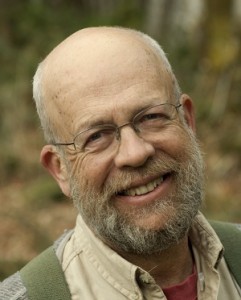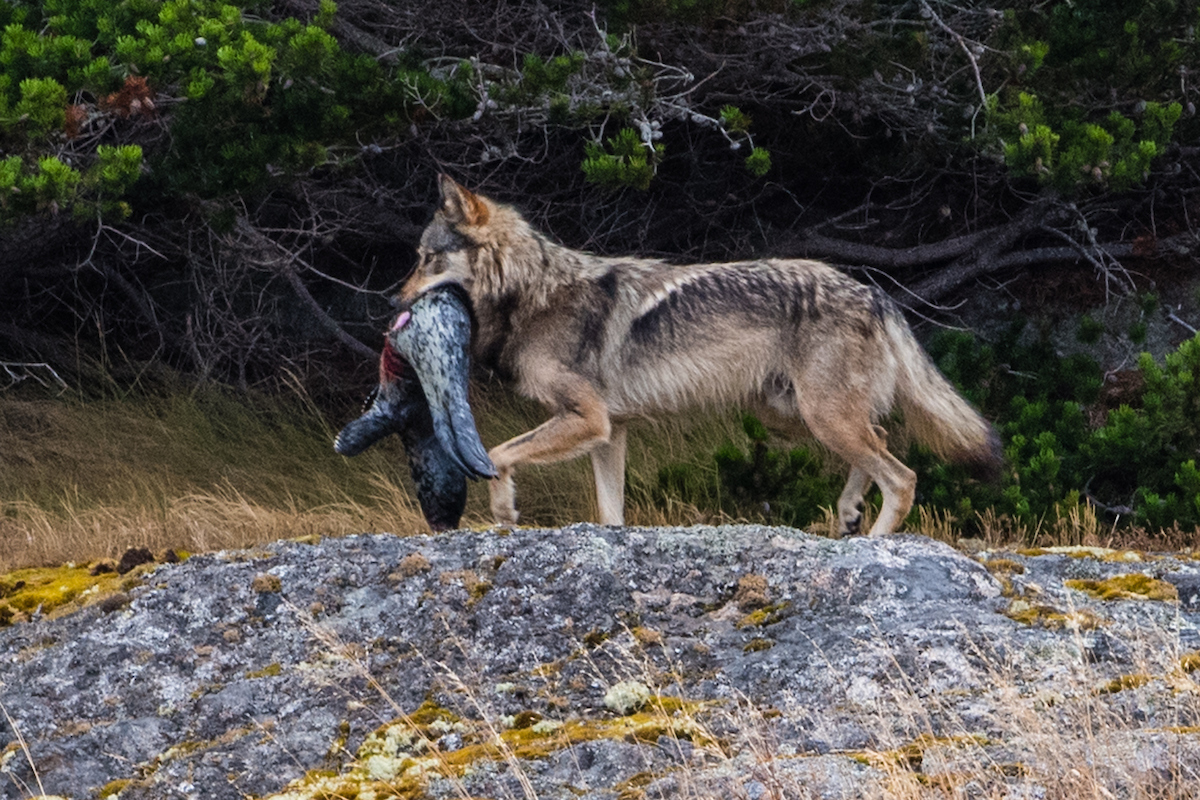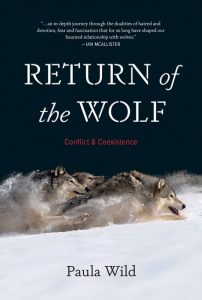According to a scat analysis, one wolf ate at least 181 grasshoppers and probably at one go.
That sounds like a lot of hoppers but, given that each one weighs approximately half a gram, that means the wolf ingested less than a cup of insects. Definitely a lightweight snack for a large carnivore.
It all started a couple of years ago when Brandon Barton and some buddies were hiking through Hells Canyon Wilderness, which spans the Idaho/Oregon border. They were studying elk ecology but then Barton spotted something odd – wolf scat that appeared to be filled with grasshoppers.
The trail was covered with live hoppers and the group knew wolves ate a variety of prey. But poop plugged with insect body parts seemed beyond the norm.
Despite the putrid smell, Barton, a community ecologist at Mississipi State University, triple bagged the scat for further examination in a lab. In the meantime, the group set up a couple of motion-sensor cameras.
Sure enough, the black and white film caught a lone wolf visiting the trail every night to chow down on hoppers. Because the insects are sluggish when temperatures are cool, it was as easy as a human reaching into a bag of popcorn.
The big take away from the hopper-filled turd on the trail ? It’s another example of how all creatures, plants and waterways are not isolated elements in an ecosystem; at some level they all interact to create a whole.
Photo by Eileen Kumpf





 Return of the Wolf won a Silver Medal in Environment/Ecology at the Independent Publisher Book Awards!
Return of the Wolf won a Silver Medal in Environment/Ecology at the Independent Publisher Book Awards! the time, energy and support given to the Wolf. And also to the people who so generously contributed their knowledge, experiences and photographs.
the time, energy and support given to the Wolf. And also to the people who so generously contributed their knowledge, experiences and photographs.